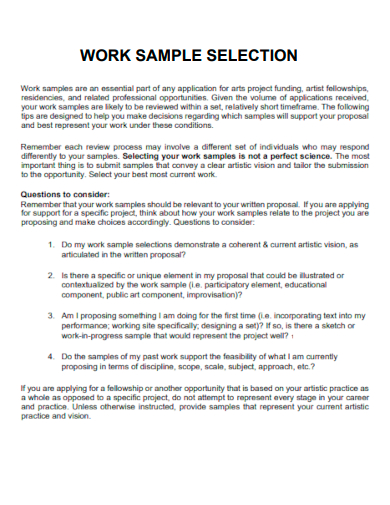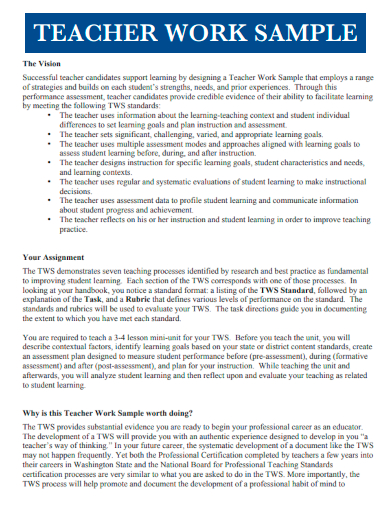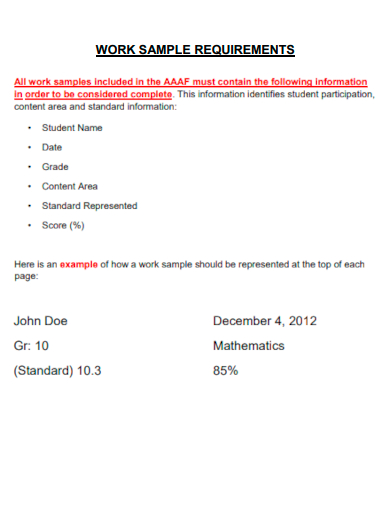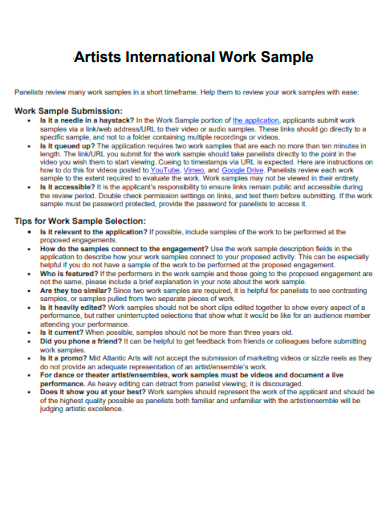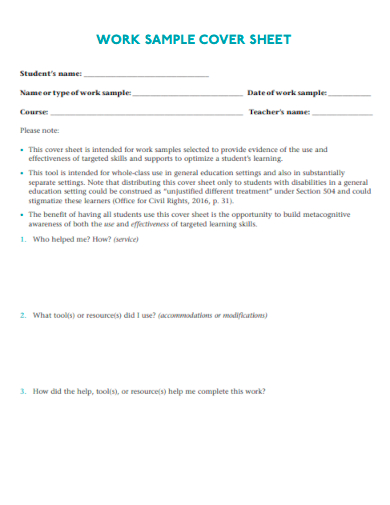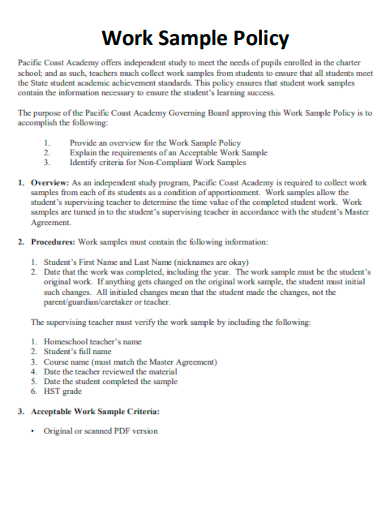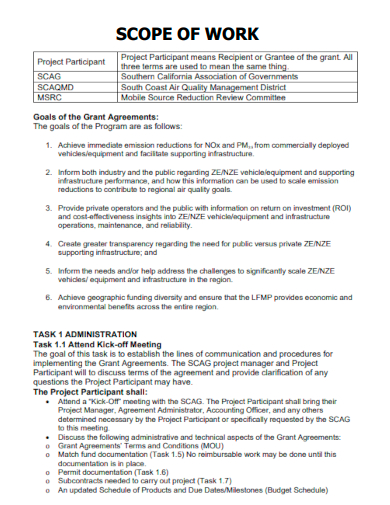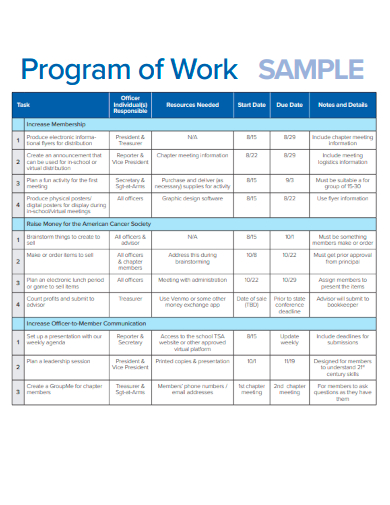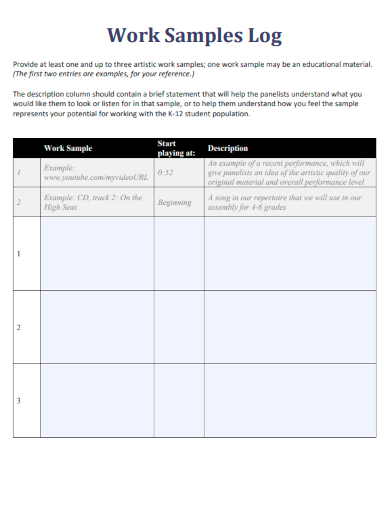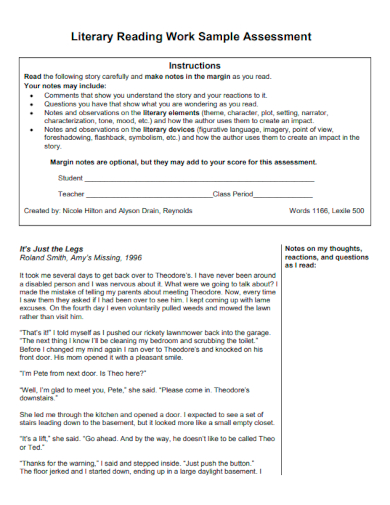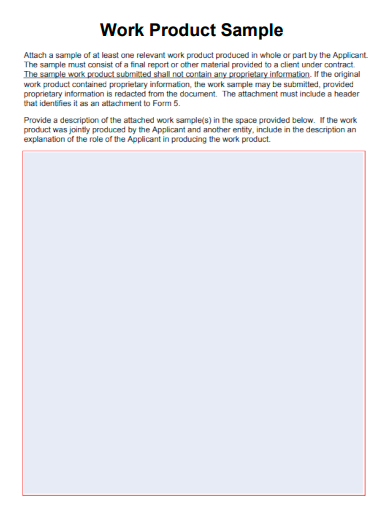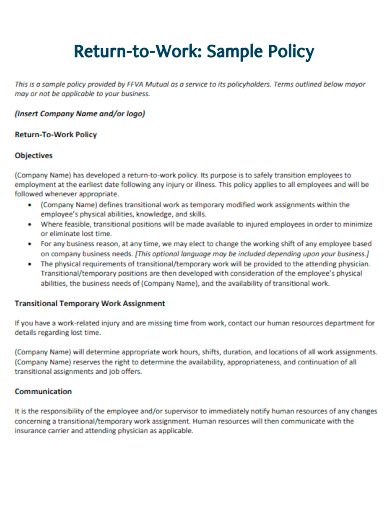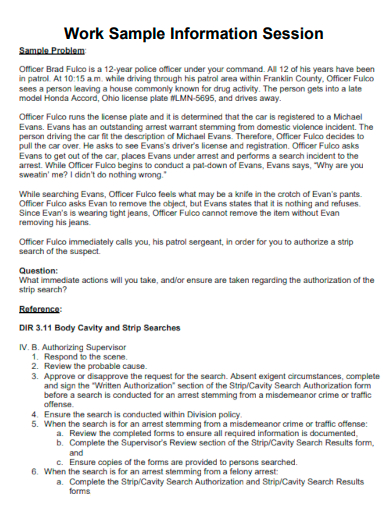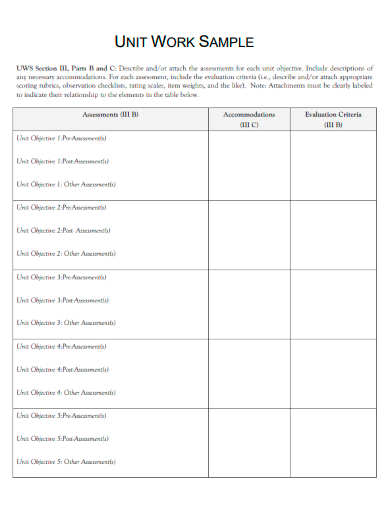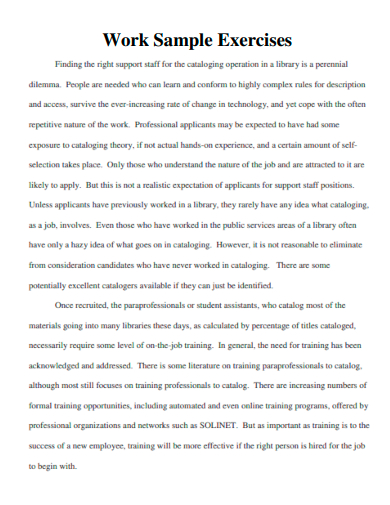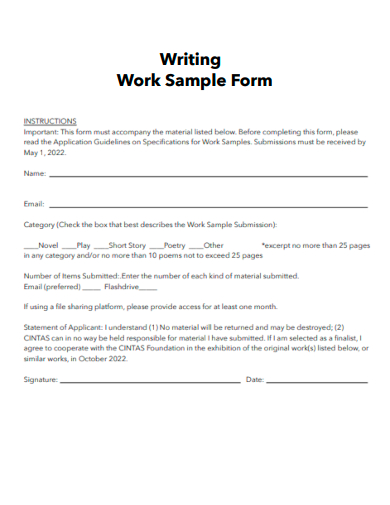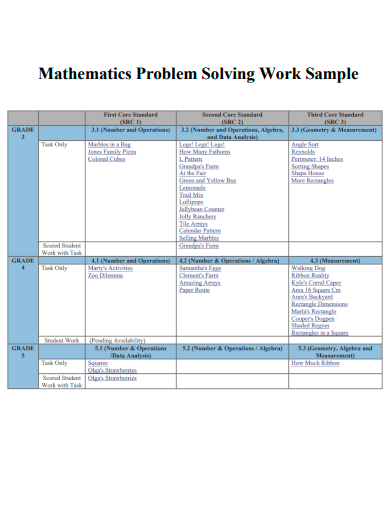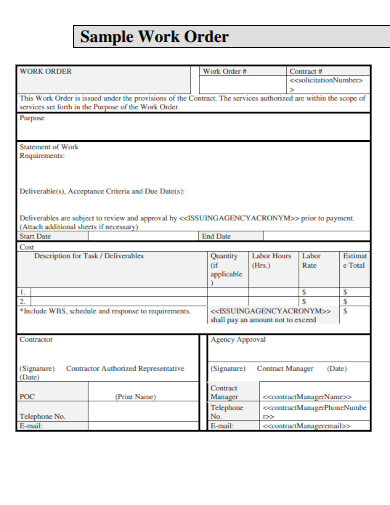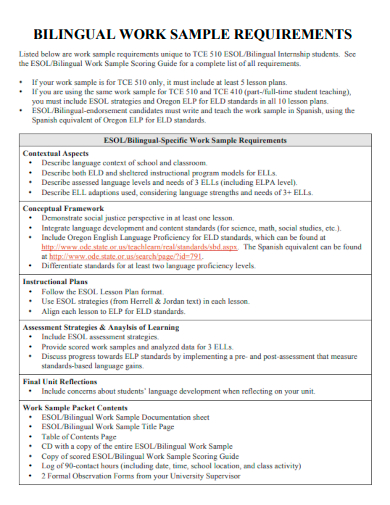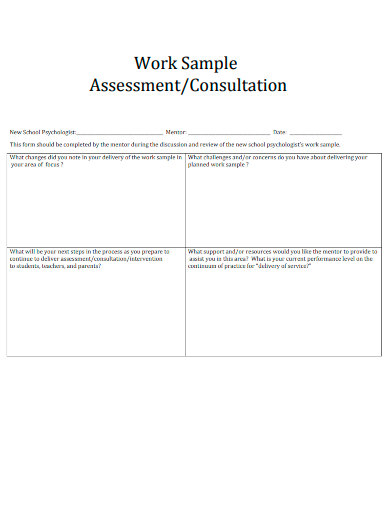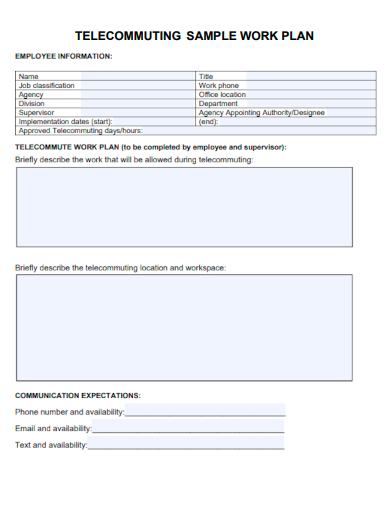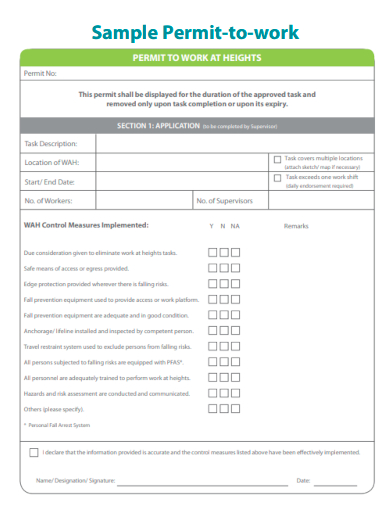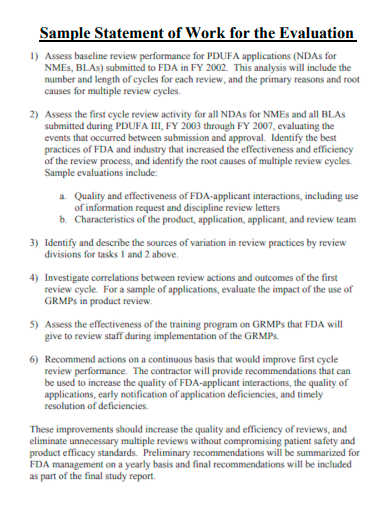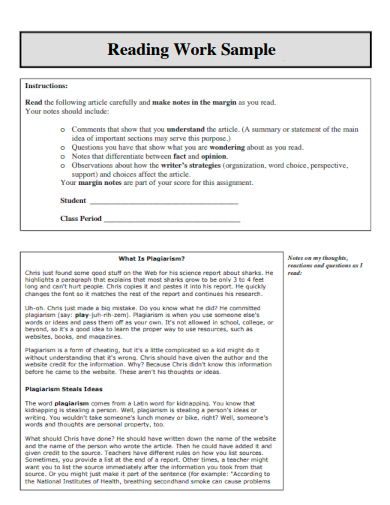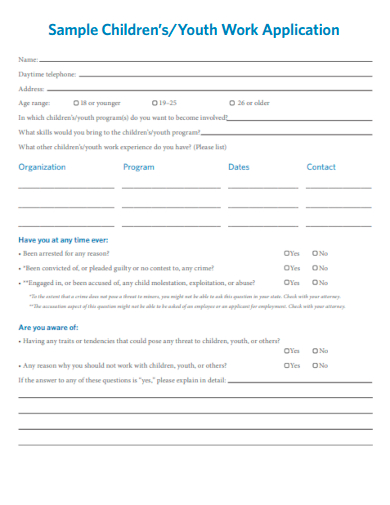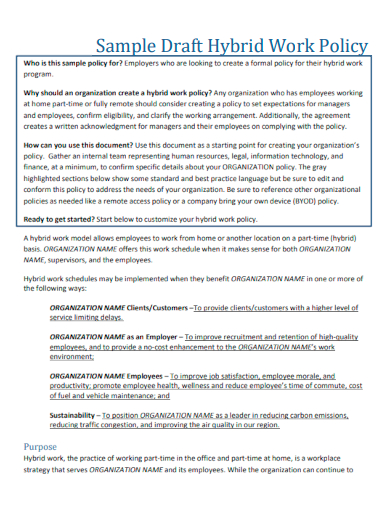In today’s fast-paced and highly competitive business world, efficiency and organization are key factors in achieving success. Work orders play a crucial role in streamlining processes and ensuring tasks are completed in a systematic manner. This essay explores the significance of work order samples and how they contribute to enhancing efficiency and organization within various industries.
41+ Work Samples
1. Cleaning Work Order Template

2. Lean Work Instruction Template
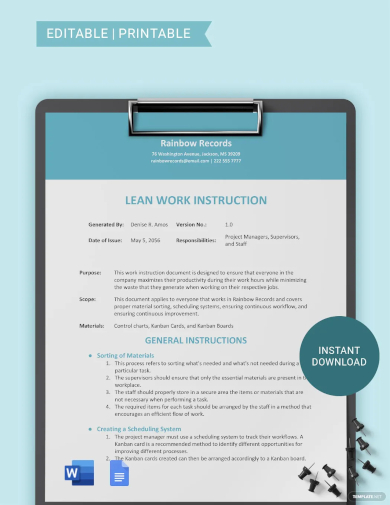
3. Software Work Estimate Template
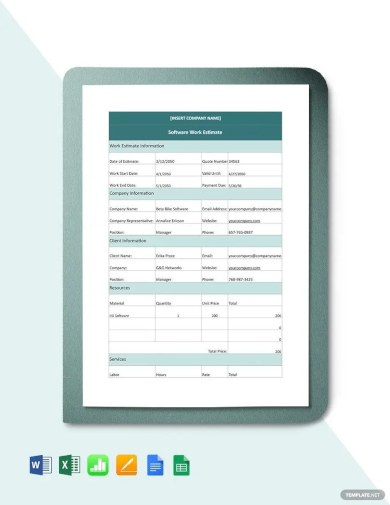
4. Work Sample Tests
5. Organising a Work Sample
6. Work Sample Selection
7. Teacher Work Sample
8. Work Samples and Scoring Guide
9. Classroom Assessment with a Work Sample
10. Work Sample Requirements
11. Artists International Work Sample
12. Work Sample Development
13. Work Sample Cover Sheet
14. Work Sample Policy
15. Scope of Work
16. Work Sample Guidelines
17. Program of Work Sample
18. Work Sample Analysis
19. Work Samples Log
20. Literary Reading Work Sample Assessment
21. Work Sample Portfolio Item Record
22. Work Product Sample
23. Multiplication Work Sample
24. Return-to-Work Sample Policy
25. Work Sample Information Session
26. Unit Work Sample
27. Candidate Work Sample
28. Work Sample Reflection Sheet
29. Work Sample Exercises
30. Writing Work Sample Form
31. Mathematics Problem Solving Work Sample
32. Sample Work Order
33. Bilingual Work Sample Requirements
34. Work Sample Assessment & Consultation
35. Telecommunicating Sample Work Plan
36. Reflection on a Work Sample
37. Sample Permit-to-Work
38. Sample Statement of Work for the Evaluation
39. Student Sample Work
40. Reading Work Sample
41. Sample Children’s & Youth Work Application
42. Sample Draft Hybrid Work Policy
What is Work Samples?
Work order samples refer to pre-designed templates or examples of work orders that serve as references or models for creating new work orders. These samples provide a standardized format and structure for documenting tasks, outlining instructions, deadlines, required resources, and other relevant information. Work order samples are used by organizations to ensure consistency, clarity, and efficiency in the management of projects, tasks, or services. They serve as a starting point or guide for creating work orders, ensuring that essential information is captured uniformly and facilitating effective communication and collaboration among stakeholders.
How To Make Work Samples?
Creating work order samples involves a systematic approach to capture the necessary information and structure the document effectively. Here’s a step-by-step guide to help you create work order samples:
Step 1-Identify the Purpose and Scope
Determine the specific purpose and scope of the work order sample. Consider the type of tasks or projects it will be used for, such as maintenance, construction, or service requests.
Step 2- Provide Clear Instructions
Ensure that the instructions for each section are clear and concise. Include prompts or examples to guide users in filling out the necessary details. This will help maintain consistency and clarity across different work orders.
Step 3- Consider Special Requirements
Depending on the nature of the tasks or projects, you may need to incorporate additional sections or fields specific to your industry or organization. For instance, if you’re creating a work order sample for a manufacturing facility, you might include quality control checkpoints or equipment maintenance procedures.
Step 4- Test and Revise
Before finalizing the work order sample, test it with a few mock scenarios or have colleagues review it for feedback. This step will help identify any areas that require further clarification or improvement.
What are some tips for creating effective work order samples?
Some tips for creating effective work order samples include keeping the template simple and easy to use, providing clear instructions and examples, customizing the template to align with your organization’s branding and requirements, considering the specific needs and requirements of your industry or organization, and regularly reviewing and updating the template to ensure it remains relevant and up to date.
Why are work order samples important?
Work order samples provide a standardized format and structure for creating new work orders. They ensure that essential information is captured uniformly, promoting consistency, clarity, and efficiency in the management of projects, tasks, or services.
What should be included in a work order sample?
A work order sample should include key sections such as the work order title or identification number, requester or client information, task description or scope of work, required resources, timeline and deadlines, instructions or specifications, safety protocols or special considerations, and signatures or approval section.
Work order samples are invaluable tools for organizations seeking to enhance efficiency and organization in their operations. By providing a standardized framework, they ensure consistency, facilitate resource allocation and tracking, promote collaboration and communication, and establish accountability.
Related Posts
Sample Meeting Minutes Templates
Presentation Speech Samples & Templates
Ukulele Chord Chart Samples & Templates
Retirement Speech Samples & Templates
Weekly Schedule Samples & Templates
Contractual Agreement Samples & Templates
FREE 9+ Amazing Sample Church Bulletin Templates in PSD | PDF
Sample Business Card Templates
Sample Cashier Job Descriptions
Questionnaire Samples
FREE 10+ Sample HR Resource Templates in PDF
FREE 49+ Sample Job Descriptions in PDF | MS Word
FREE 23+ Sample Event Calendar Templates in PDF | MS Word | Google Docs | Apple Pages
Company Profile Samples
FREE 10+ Leadership Report Samples [ Development, Training, Camp ]



